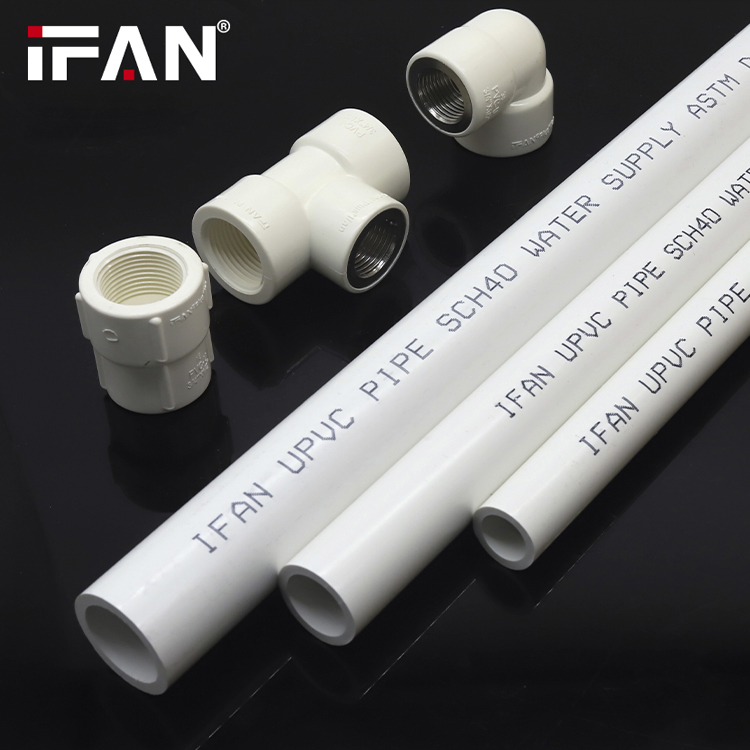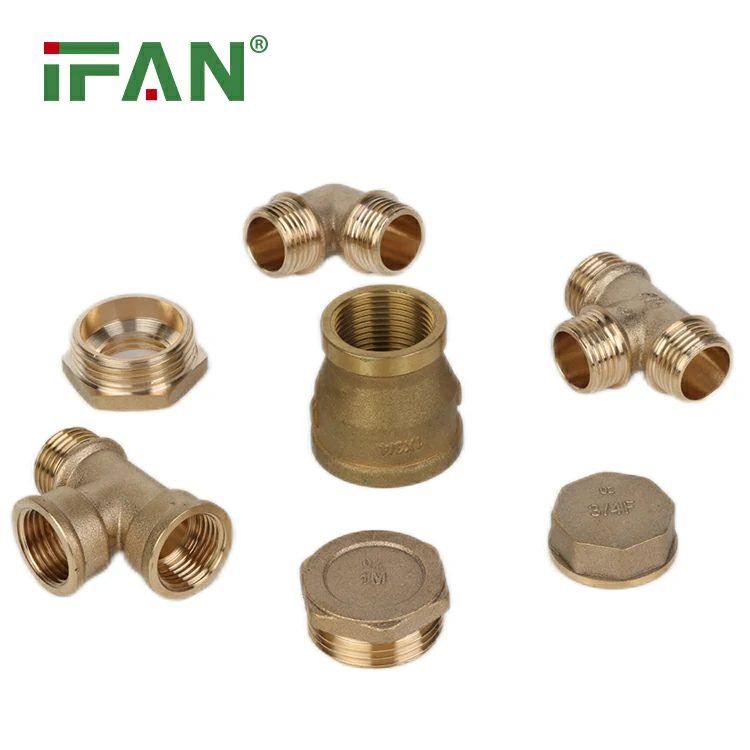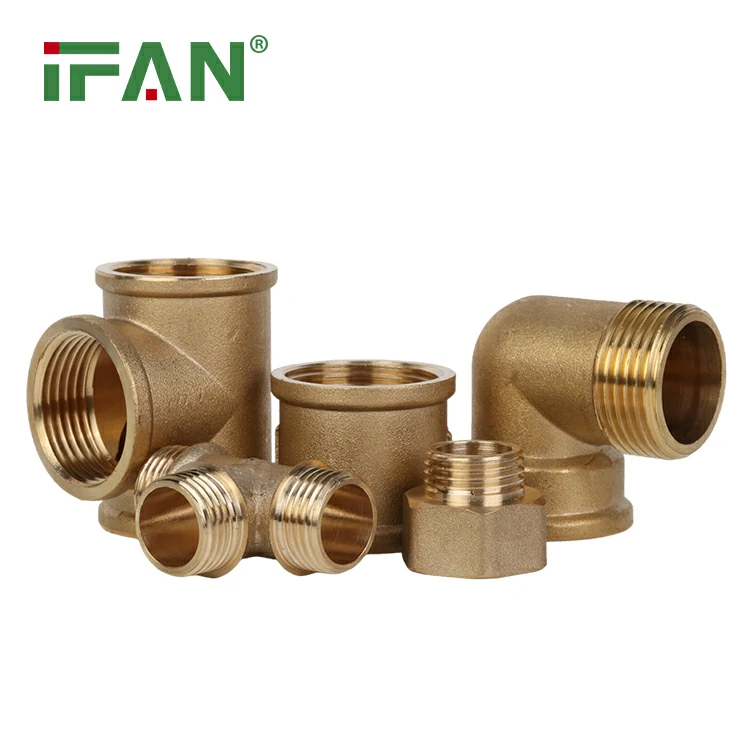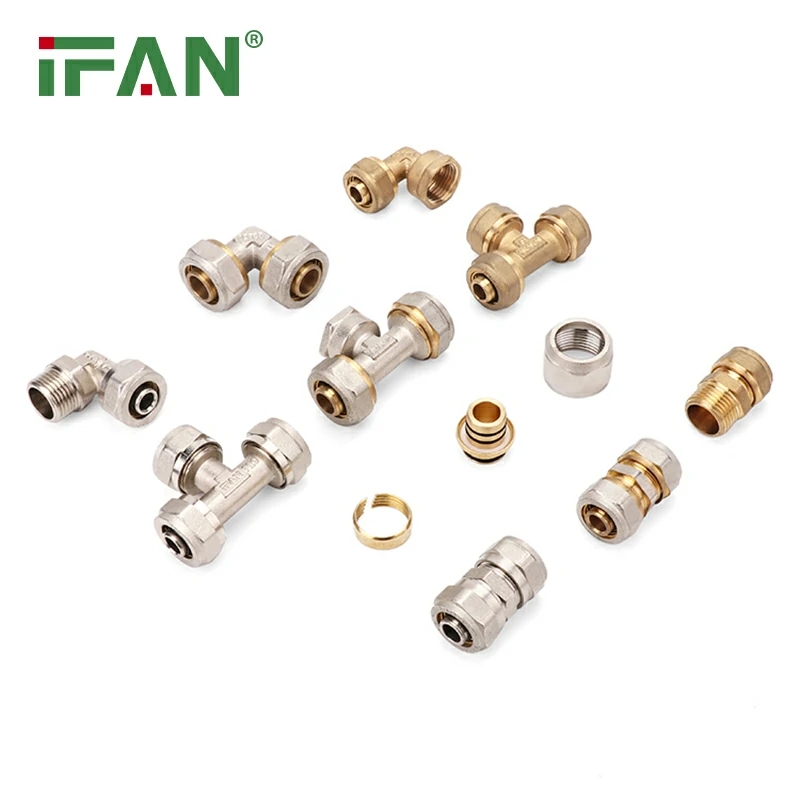Polyvinyl chloride (PVC) is a widely used synthetic plastic polymer that is often used in construction and as an alternative to traditional materials such as wood and metal. PVC is also used in vinyl flooring, window frames, pipes, toys, and many other applications due to its durability, versatility, and affordability.
There has been some concern about the potential toxicity of PVC, especially when it comes to its disposal and the release of harmful chemicals during its production. However, it is important to note that PVC is not inherently toxic, and when used and disposed of properly, it can be a safe and useful material.
To address the potential health and environmental risks associated with PVC, many regulatory agencies have put in place strict guidelines for the production, use, and disposal of the material. For example, in the United States, the Consumer Product Safety Commission (CPSC) has established limits on the concentration of lead in PVC products, and the Environmental Protection Agency (EPA) has developed guidelines for the safe handling and disposal of PVC.
Furthermore, many manufacturers have taken steps to address the potential risks associated with PVC. Some companies have developed alternative materials that are less toxic or biodegradable, while others have implemented closed-loop production systems to reduce the environmental impact of PVC production.

Overall, it is important to recognize that PVC is a valuable and widely used material that can be safe when used responsibly. By ensuring that PVC is produced, used, and disposed of in accordance with established guidelines and best practices, we can harness the benefits of this versatile material without sacrificing our health or the environment.
In conclusion, PVC is not inherently toxic, and with responsible use and disposal, it can be a safe and useful material for a wide range of applications. While there are certainly risks associated with PVC production and disposal, these risks can be mitigated through proper regulation and best practices. As we continue to develop new materials and technologies, it is important to recognize the value of PVC and work to harness its potential while minimizing its impact on our health and the environment.







